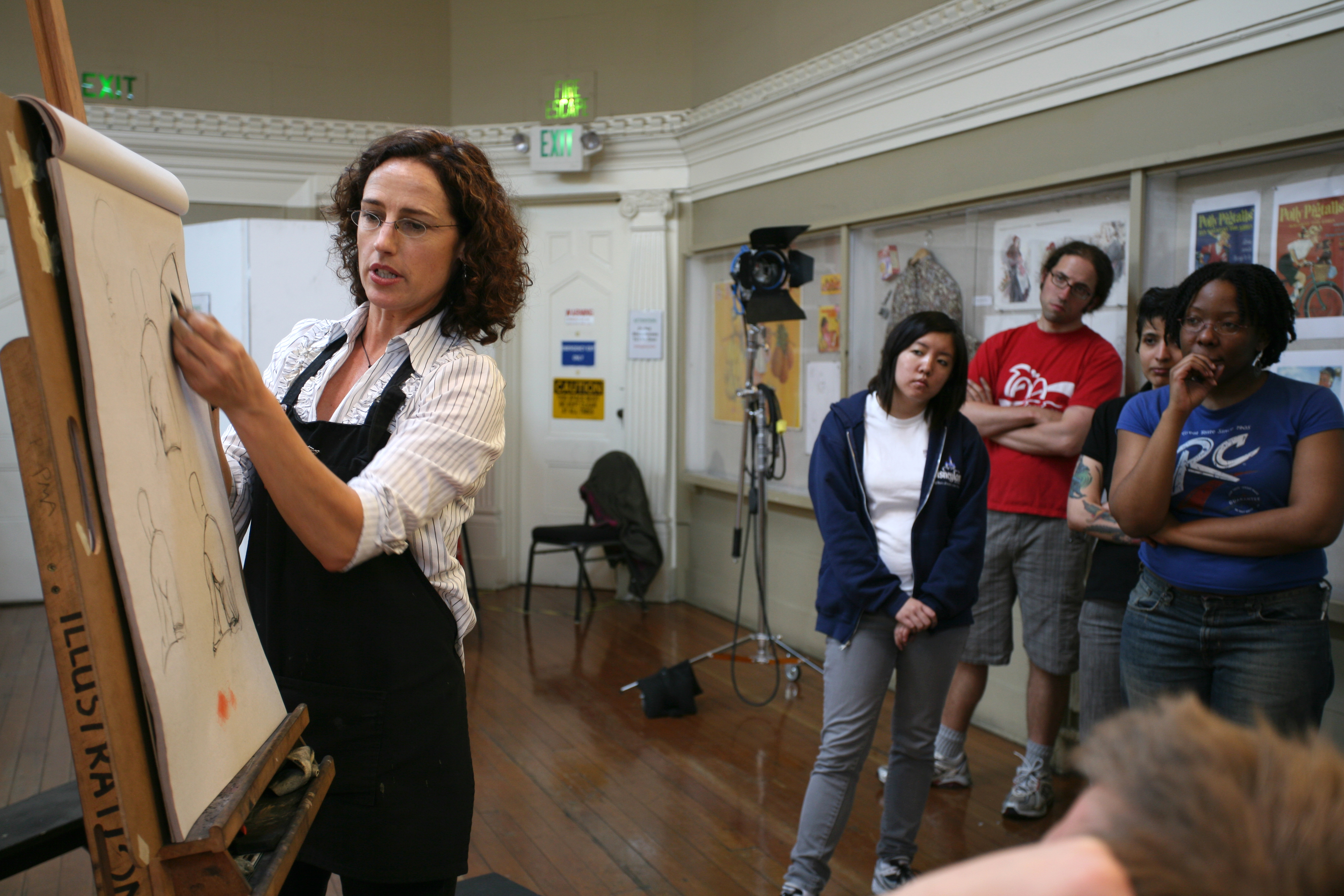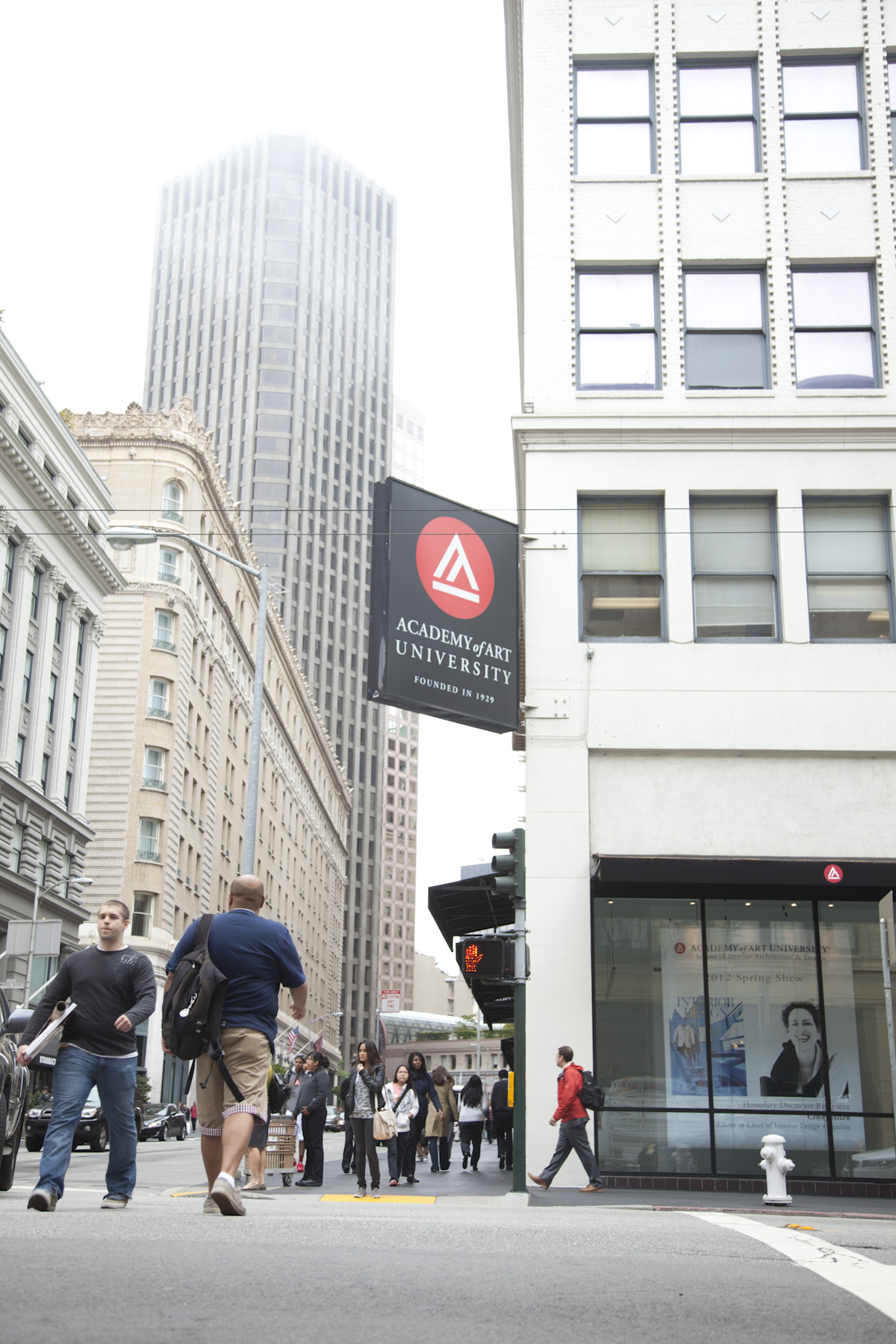The world needs more creatives, not geniuses
Dr Elisa Stephens, president of the Academy of Art University, explodes the myth of the creative genius.

Creativity is often misunderstood. Many think of it in terms of haves and have nots – a character trait that you either have, or you don’t. When thinking about any remarkable piece of art or technology that’s shaped our modern world, it’s easy to romanticise the creative process it took to get there. As if a wild-eyed genius in a room held a singular vision and worked tirelessly to bring it to life. In reality, this is rarely the case.
While it’s true that every piece of art or technological innovation was someone’s inspired idea, every scene in your favourite movie, and every app that you can’t live without, was ultimately created by an army of artists, engineers, coders and, yes, accountants (see famous graphic designers you should know for examples of widely acclaimed creatives).
Creativity is often misunderstood

In a recent study conducted by the Academy of Art University, it was found that creativity is something a lot of people recognize in themselves, with over 90% of those who expressed an opinion saying they are a creative person and over half feeling most valued in life for their creative skills.
The trouble with the cultural, myopic view of creativity is that many people who don’t identify as a ‘genius’ count themselves out of contributing to great creative endeavours before they even start. But this is a mistake. No wild-eyed genius can carry a project alone. Every remarkable creation depends on a symbiotic relationship between an innovator and a passionate and talented team of skilled collaborators.
Creative breakthrough takes a whole team

Behind every ‘best director’ is an unseen crew of a thousand. Behind every tech moonshot is a team of doers who are building, programming, and executing. Every successful creative endeavour combines idea with execution and is fuelled by a multi-faceted team.
Studies show that high-performing teams rely on a variety of skill sets and personality types to reach their full potential. This holds true both in business, and artistic endeavours. So whether you identify as a wide-eyed visionary or a detail-oriented technical specialist, leaning into your unique strengths matters if the rocket is going to lift off the ground.
Lauded as the leading scientist and inventor of 20th century America, Thomas Edison registered a world record-breaking 1,093 patents for inventions including the lightbulb, motion picture camera, and phonograph. He was prolific in casting a wild, imaginative vision and finding a way to bring it to life.
Get the Creative Bloq Newsletter
Daily design news, reviews, how-tos and more, as picked by the editors.
What many people may not realise is that to turn his ideas into reality, Edison assembled a diverse and highly skilled team of scientists and researchers to do the heavy lifting. While each invention was born from Edison’s inspired ideas, every product was the result of hundreds of other bright minds who worked tirelessly to arrive at a commercially viable result.
If you dream of jumping into a creative endeavour but don’t feel ‘qualified’ to play the genius role, there’s a whole number of places for you. The reality is an idea will always remain an idea unless it’s hauled into life by a willing and able team. The key is to understand that and not to discount your own value and set of skills as integral to the process.
Genius can only go so far

The popular myth idolizing a maverick pulling all the creative strings has roots in the outdated Great Man Theory. Our culture has an obsession with heroes, programming us with ideals to live up to across life’s spectrum of social status, performance, and overall fulfilment. While strong leadership and role models are important, there’s a serious problem with the singular focus on the proverbial genius, and glorifying one above the rest.
A study done by researchers at Wilfred Laurier University, investigated the hazards of not sharing creative responsibilities across an organization. In one case, they chronicled the journey of a startup company in the late 90s that launched an innovative suite of computer graphics. The company saw increasing success in the market for the better part of a decade until its untimely demise. Its downfall? A team that relied too heavily on the genius and creative leadership of their original artistic founder and didn’t make it a priority to tap into ideas from around the organization. Team engagement and innovation plummeted and ultimately the business failed as a result.
So what’s the takeaway? Too much reliance on a singular genius is short-sighted and can kill creative success. For anyone who aspires to be involved in a creative endeavour, know that wild-eyed geniuses rarely need more geniuses to change the world, they need people like you and I. My advice? Don’t be afraid of what you’re good at. If you believe in your creative talent but know you aren’t the Alpha Genius, don’t panic. Do the work to perfect your own skills and you might just find there are plenty of seats at the table when it comes to changing the world.
Read more:

Thank you for reading 5 articles this month* Join now for unlimited access
Enjoy your first month for just £1 / $1 / €1
*Read 5 free articles per month without a subscription

Join now for unlimited access
Try first month for just £1 / $1 / €1
Dr. Elisa Stephens, granddaughter of the Academy of Art University’s founder, succeeded her father as President of Academy of Art University in 1992. Dr. Stephens has been committed to expanding the Academy’s curriculum to stay current with new technologies and industry trends, as well as developing state-of-the-art facilities and resources. In 2004, the name of the school was changed from Academy of Art College to Academy of Art University in recognition of its depth, scope, and quality of education. Today, Academy of Art University is one of the largest private schools of art and design in the US. Students have the opportunity to pursue a Bachelor of Fine Arts, Bachelor of Arts, Bachelor of Science, Bachelor of Architecture, Associate of Arts, Master of Fine Arts, Master of Arts, Master of Architecture, Art Teaching Credential, certificate programs, and continuing art education courses in 72 areas of study.

